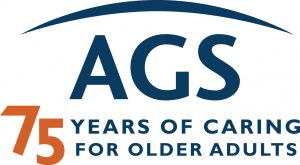 Journal of the American Geriatrics Society Research Summary
Journal of the American Geriatrics Society Research Summary
As we age, we may be less able to perform daily activities because we may feel frail, or weaker than we have in the past. Frailer older adults may walk more slowly and have less energy. Frailty also raises a person’s risks for falling, breaking a bone, becoming hospitalized, developing delirium, and dying.
No one knows exactly how many older adults are frail—estimates range from 4 percent to 59 percent of the older adult population, according to a 2015 study. Researchers say that frailty seems to increase with age, and is more common among women than men and in people with lower education and income. Being in poorer health and having several chronic illnesses also have links to being frail.
Frailty also tends to worsen over time, but in at least two studies, a small number (9 percent to 14 percent) of frail older adults became stronger and less frail as they aged. A team of researchers decided to find out what factors might predict whether frailty in older men worsens or improves over time. The researchers’ findings were published in the Journal of the American Geriatrics Society. Continue reading


